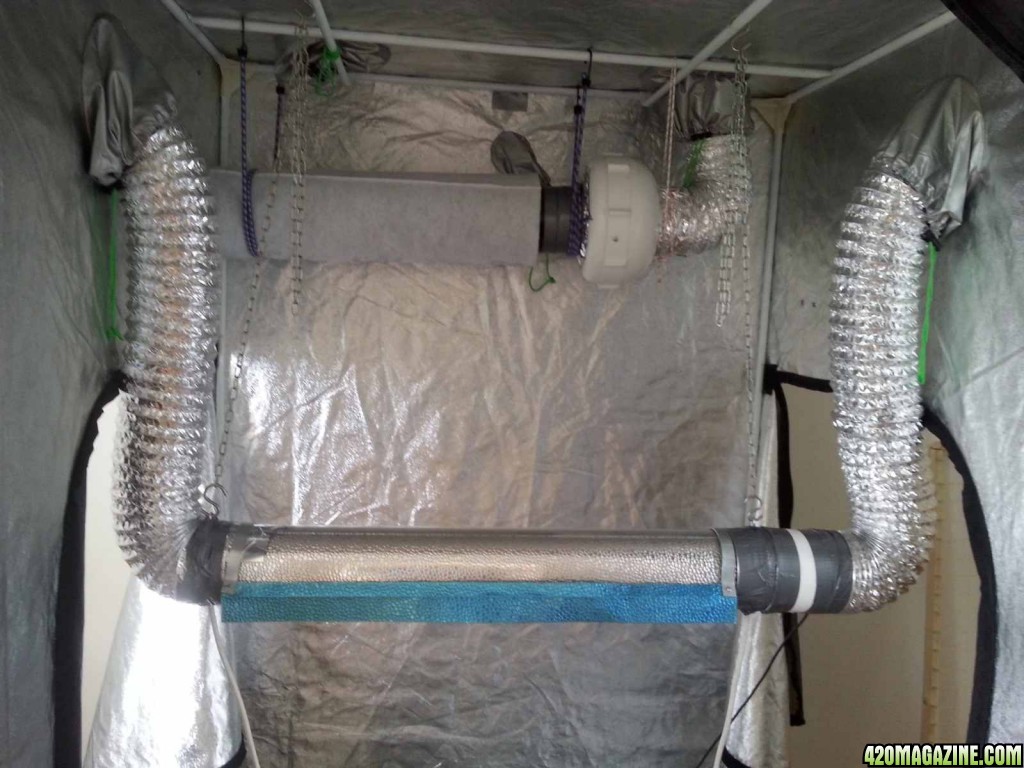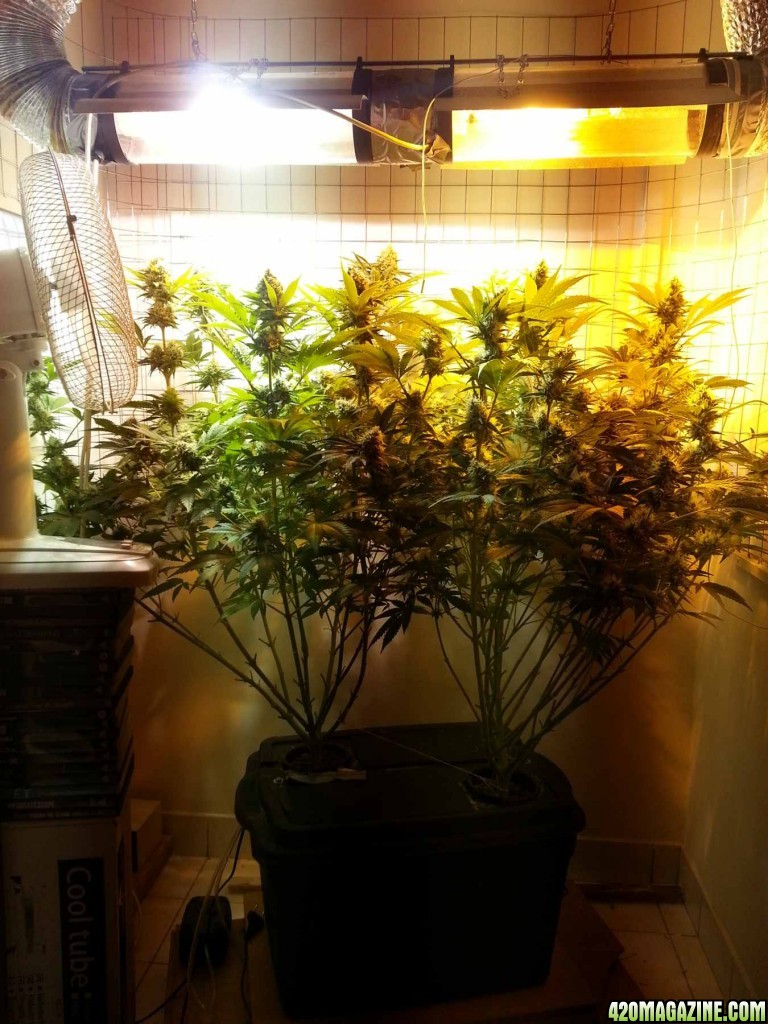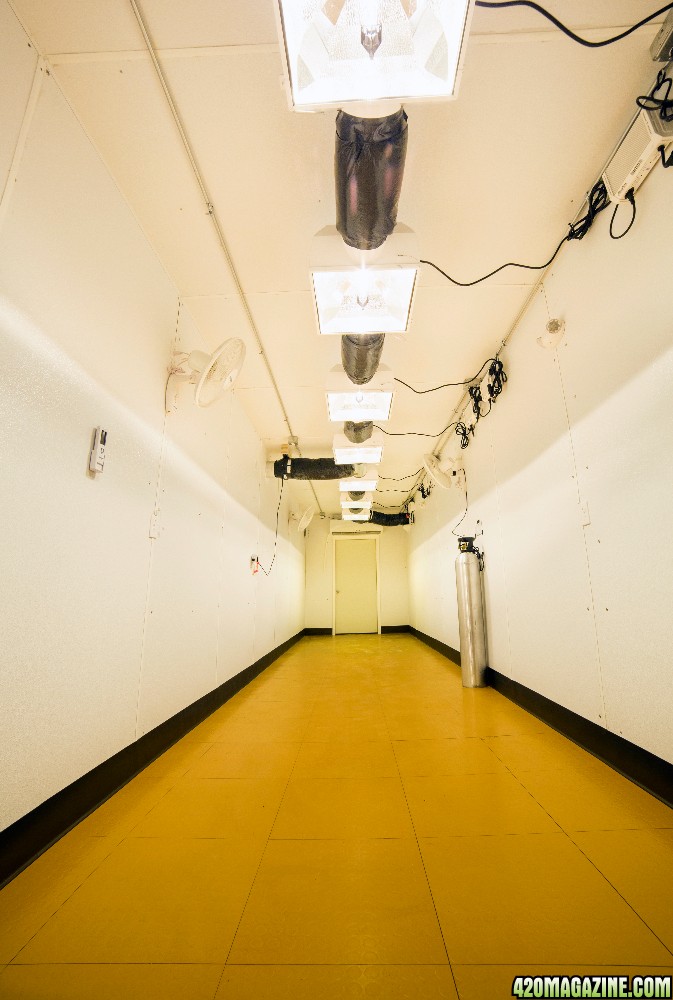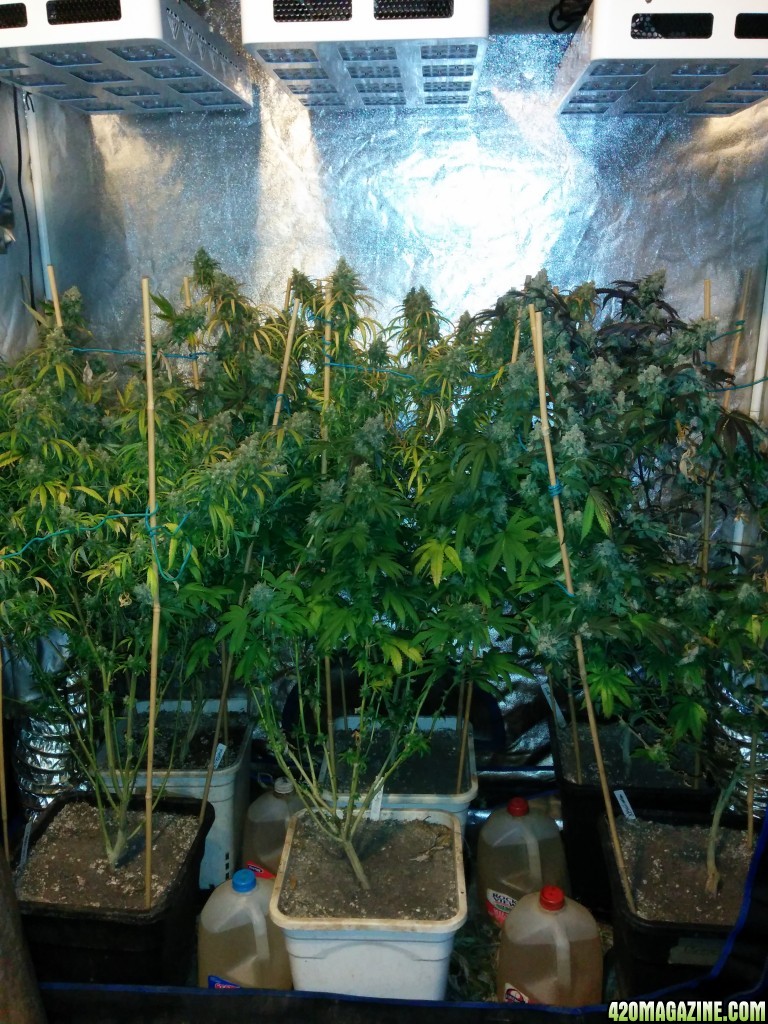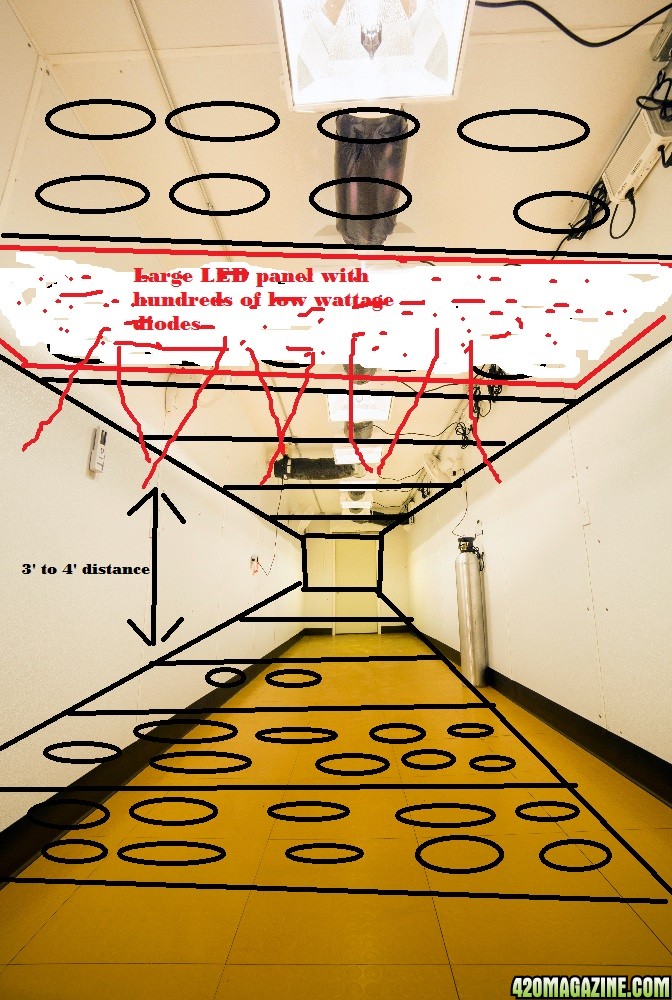biggrowhouse
New Member
I have looked at and trialed LED lights for 9 months and I haven't been able to justify the 2x price differential or the power savings. Has anyone else crunched numbers? Can you help solve the riddle?
Here is the context:
Bulb, ballast, hood, ducting, electrical parts costs, etc. are ~$1000
7,000 watts gives me 168 ounces on average per harvest
It costs $1100 per month in electricity to run the entire room (lights, HVAC, ventilation) on average
The lights we have had sent to trial them in the lab are lower watts (that's a given) at $2,000 each. The bud output was 1/2 of what we got with HPS starting in veg. We worked to get the height dialed in and optimize things. So the lights themselves are 2x the price and gave us half the bud output. So the math doesn't work.
The counter point is always 'you'll save money on your power bill' but if the lights cost twice as much and give me half as much per harvest it's 4x the cost with everything being equal to get to the same production. It will take 7+ years to break even on switching the lights out on the alleged power cost savings, and I would have to have 4x the growing area (and that many more lights) to make up the difference.
Has anyone doubled yield switching from HPS to LED to offset the price difference?
The grow area is 280 square feet, the average is 24 ounces/light if that helps your calculations.
Solving this riddle would be epic. Thanks in advance for the help.
Here is the context:
Bulb, ballast, hood, ducting, electrical parts costs, etc. are ~$1000
7,000 watts gives me 168 ounces on average per harvest
It costs $1100 per month in electricity to run the entire room (lights, HVAC, ventilation) on average
The lights we have had sent to trial them in the lab are lower watts (that's a given) at $2,000 each. The bud output was 1/2 of what we got with HPS starting in veg. We worked to get the height dialed in and optimize things. So the lights themselves are 2x the price and gave us half the bud output. So the math doesn't work.
The counter point is always 'you'll save money on your power bill' but if the lights cost twice as much and give me half as much per harvest it's 4x the cost with everything being equal to get to the same production. It will take 7+ years to break even on switching the lights out on the alleged power cost savings, and I would have to have 4x the growing area (and that many more lights) to make up the difference.
Has anyone doubled yield switching from HPS to LED to offset the price difference?
The grow area is 280 square feet, the average is 24 ounces/light if that helps your calculations.
Solving this riddle would be epic. Thanks in advance for the help.




 For my purposes, one big hot lamp in the middle of the space doesn't get me much spread. I'd rather have the light distributed across the sky in such a small room, and small HPS are terribly inefficient. LEDs and COBs serve that purpose, and even at 2-3 times the cost of HPS, as a hobby grower I can justify it.
For my purposes, one big hot lamp in the middle of the space doesn't get me much spread. I'd rather have the light distributed across the sky in such a small room, and small HPS are terribly inefficient. LEDs and COBs serve that purpose, and even at 2-3 times the cost of HPS, as a hobby grower I can justify it.

